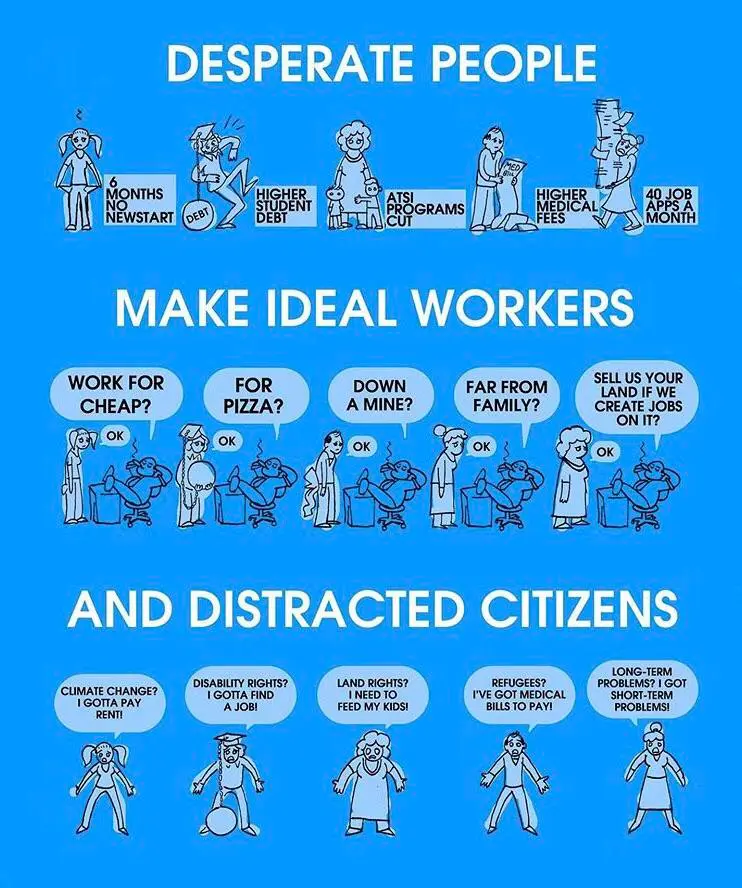This is the best summary I could come up with:
It isn’t just card-carrying United Auto Workers members who are closely watching the expanding strikes at General Motors, Ford and Stellantis plants — nonunion autoworkers at rival companies are paying attention, too.
James Bryant, a vehicle inspector at a Nissan plant in Canton, Mississippi, said he and his colleagues discuss the latest strike developments before work and during their breaks, hoping enough teammates will become galvanized to unionize their own facility.
But attitudes among their rivals’ employees matter not just to the likes of Tesla, Nissan, Hyundai and Toyota — whose lower-cost workforces are a competitive advantage — but also to the UAW’s ambitions to grow its ranks on less favorable turf.
Falid Vongasa, who works for Honda’s supply chain stability group at its plant in Marysville, Ohio, said he’s heard murmurs about organizing, including when company software reportedly shorted workers’ overtime in 2021.
Hyundai didn’t comment directly on unionizing efforts, but a spokesperson said the company’s “top priority is the safety and well-being of the more than 114,000 individuals we employ” and touted its more than $12 billion investments in new EV plants in Alabama and Georgia.
As Thomas sees it, “in the South, you have a lot of scared people that don’t know much about a union because they’ve been raised to be against a union.” But he said the Big Three strikes make now a “great time” for the UAW to ramp up organizing, including at nonunion plants.
The original article contains 1,207 words, the summary contains 241 words. Saved 80%. I’m a bot and I’m open source!
deleted by creator


